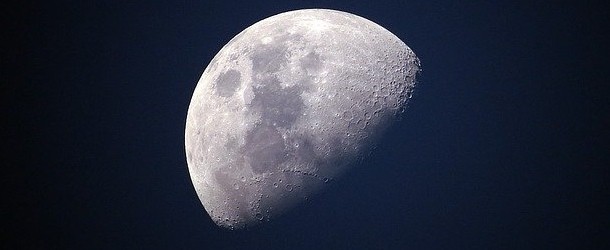New quantum gravity sensor could someday peel away the surfaces of other worlds

(Space) To find features like groundwater under Earth’s surface — or under the surface of another world — scientists can sense the subtle marks those features leave in the planet’s gravitational field.
But those measurements aren’t easy to get; you need very sensitive instruments, and even the slightest vibrations can throw off the measurements. Now, a group of physicists has demonstrated an hourglass-like gravity-measuring device that they say helps to overcome this challenge.
The researchers call it an hourglass; each “bulb” contains a cloud of rubidium atoms trapped in a magnetic cage, pulsed through with a laser. The dual clouds mean that that device effectively has two separate gravimeters. As a result, the researchers can not only measure a gravitational field but also measure it at two different heights.
It’s not the most sensitive quantum gravity sensor in the world, but it is one of the first to leave the lab. In a real-world test, this hourglass-like gravimeter detected a utility tunnel buried under a road in Birmingham, England.
“As far as we know, our instrument has been the first to detect a real underground target of relevance to civil engineering outside of the laboratory environment,” study co-author Kai Bongs, a physicist at the University of Birmingham in the United Kingdom, told Space.com. “This is really a breakthrough in making quantum technology practical.”
These gravimeters aren’t limited to use on Earth. In fact, the European Space Agency (ESA) is already interested in taking them to the launchpad. ESA’s next generation of Earth observation satellites might carry sensors like these, measuring things like underground water, the circulation of the world’s oceans and how these things are being affected by climate change.
“This might be extended to the exploration of other planets in the solar system, understanding more about their inner structure,” Bongs told Space.com.
If ESA’s interest is any indication, these next-generation gravimeters could be used to find underground water on the moon — or on other worlds, like Mars.
The researchers published their work Feb. 23 in the journal Nature.



















